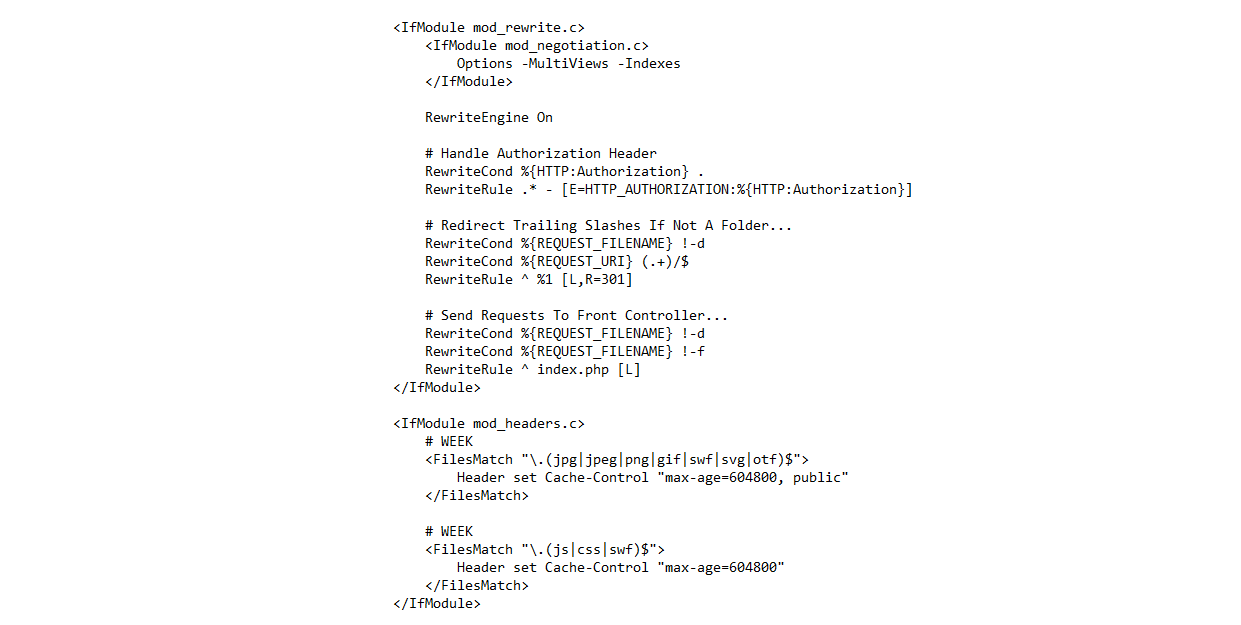Upgrade to React 18: A Step-by-Step Guide

here's a step-by-step guide on how to upgrade to React 18:
Step 1: Check compatibility
Before upgrading to React 18, it's important to ensure that your project is compatible with the latest version. You can check this by running the following command in your project directory:
npm outdated reactThis will show you the current version of React that you're using and whether there's a new version available. If there is, you can proceed to the next step.
Step 2: Upgrade React and React DOM
To upgrade React and React DOM, you can run the following command in your project directory:
npm install react@latest react-dom@latestThis will install the latest version of React and React DOM in your project.
Step 3: Update dependencies
After upgrading React and React DOM, you should check if there are any other dependencies that need to be updated. You can run the following command to see a list of outdated dependencies:
npm outdatedIf there are any outdated dependencies, you can update them by running:
npm update
Step 4: Test your application
After upgrading your dependencies, it's important to test your application thoroughly to ensure that everything is still working as expected. You should also check the console for any errors or warnings.
Step 5: Migrate to new features
React 18 comes with some new features, such as automatic batching of state updates and improvements to server-side rendering. You can migrate to these new features by making the following changes to your code:
Automatic batching of state updates: React 18 introduces automatic batching of state updates, which means that state updates that occur in the same event loop tick will be batched together. This can improve performance and reduce the number of re-renders. To take advantage of this feature, you should avoid calling setState() multiple times within the same function, and instead pass an object with all the updates.
Improved server-side rendering: React 18 also includes improvements to server-side rendering, including better support for streaming and incremental rendering. To take advantage of these improvements, you can use the new ReactDOMServer.createRoot() method instead of the existing ReactDOMServer.renderToString() method.
Step 6: Enjoy the benefits of React 18
Congratulations, you've successfully upgraded to React 18! You can now enjoy the benefits of the latest version, including improved performance and new features. Remember to keep your dependencies up to date to ensure that your project is always using the latest and greatest version of React.
Categories : React
Tags : react web development JavaScript Front-end Development User Interface HTML Node.js NPM

Praful Sangani
0 Comments
Related Articles
Create Basic Login form with React JS Example
 By Praful Sangani -
July 22,2022
By Praful Sangani -
July 22,2022
React Hooks: Array Destructuring Fundamentals
 By Praful Sangani -
July 25,2022
By Praful Sangani -
July 25,2022
Groups in React Textbox
 By Praful Sangani -
August 03,2022
By Praful Sangani -
August 03,2022
Categories
Laravel
48React
17CSS
4jQuery
3PHP
19JavaScript
53HTML
4Python
30Node.js
2Git
8Bootstrap
15MySQL
7WordPress
27Popular Articles

WordPress Add Posts #16
August 04,2022
GZIP and Browser Cache a website wi...
July 21,2022
Destructuring and Spreading
August 13,2022
Import Export CSV And Excel File in...
July 22,2022
Laravel 8 Custom User Login and Reg...
July 19,2022Featured Articles

Laravel 9 Custom Login and Registra...
May 11,2023
SQL Basics: A Beginner's Guide to S...
May 05,2023
Generating PDF Files in Laravel Usi...
April 26,2023
Laravel Image Intervention: A Guide...
April 26,2023
How to Generate BarCode in Laravel?
April 26,2023
Implementing Payment Gateway in Lar...
March 26,2023
Laravel 8 Model Observers Example T...
March 10,2023
How to use Forelse loop in Laravel...
August 08,2022
What Is Wordpress #1
August 04,2022
Bootstrap Alerts
August 03,2022
Essential JS for PHP
August 03,2022
PHP Sparkline
August 03,2022
Groups in React Textbox
August 03,2022
JavaScript exercise-examples for Be...
August 03,2022
Create Social Login In Laravel With...
August 01,2022
Using Laravel Model Factories
July 30,2022
How to Include Bootstrap 5 in our w...
July 28,2022
What Is Data Structures ?
July 28,2022
How to Validate Your Laravel App's...
July 27,2022
TOP 10 PROGRAMMING LANGUAGES USED B...
July 27,2022
Create Select Options from Enums, L...
July 27,2022
Fast Paginate for Laravel 9
July 27,2022
Add Useful Info to the Laravel Abou...
July 27,2022
Learn Most Common Git Commands
July 26,2022
React Hooks: Array Destructuring Fu...
July 25,2022
Laravel 8 CRUD operation
July 23,2022
How to Generate QR Code in Laravel...
July 21,2022
Access specifier in php
July 20,2022


